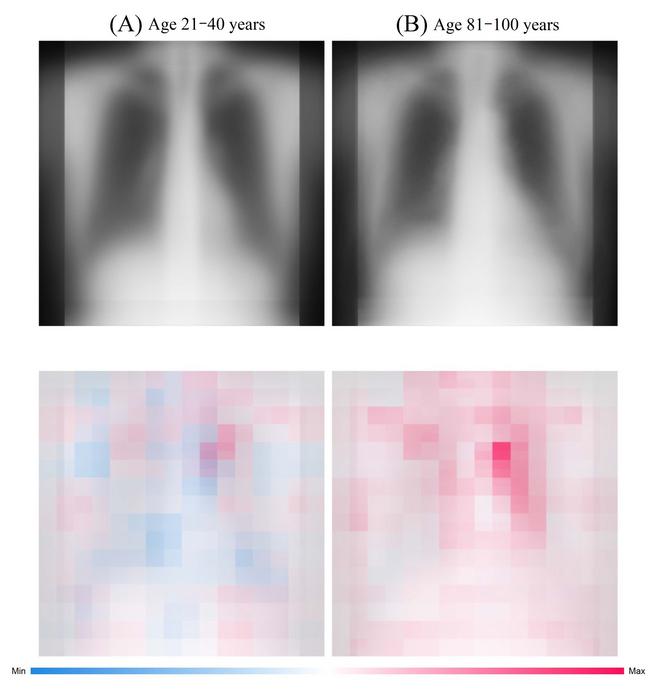From Osaka Metropolitan University 21/08/23

CREDIT: Yasuhito Mitsuyama, OMU
Could your chest reveal your age more accurately than your face?
Scientists at Osaka Metropolitan University have created an advanced AI model that uses chest X-rays to estimate a person’s age and even detect potential chronic diseases.
This breakthrough in medical imaging has the potential to revolutionize early disease detection and intervention, offering new possibilities for improving health outcomes.
Their groundbreaking research is poised to be published in The Lancet Healthy Longevity.
Led by graduate student Yasuhito Mitsuyama and Dr. Daiju Ueda from the Department of Diagnostic and Interventional Radiology, Graduate School of Medicine, Osaka Metropolitan University, the team designed a deep learning-based AI model.
They trained it using chest X-rays from both healthy individuals and patients with known diseases to explore the connection between AI-estimated age and various health conditions.
To ensure accuracy, data from multiple institutions were incorporated.
To create and validate the AI age estimation model, a total of 67,099 chest X-rays were collected from 36,051 healthy individuals who had undergone health check-ups at three facilities between 2008 and 2021.

The AI model exhibited a strong correlation coefficient of 0.95 with the chronological age, indicating its robust performance.
For further validation, an additional 34,197 chest X-rays from patients with known diseases were gathered from two other institutions.
The study revealed a positive correlation between the difference in AI-estimated age and the patient’s chronological age and the presence of chronic diseases like hypertension, hyperuricemia, and chronic obstructive pulmonary disease.
Essentially, a higher AI-estimated age compared to the actual age indicated a higher likelihood of having these chronic conditions.

Yasuhito Mitsuyama emphasized, “Chronological age is a crucial factor in medicine. Our findings suggest that chest radiography-based apparent age can provide insights into health conditions beyond just chronological age.
We plan to expand this research to assess the severity of chronic diseases, predict life expectancy, and anticipate potential surgical complications.”
This breakthrough could pave the way for transformative advancements in healthcare and disease management.



